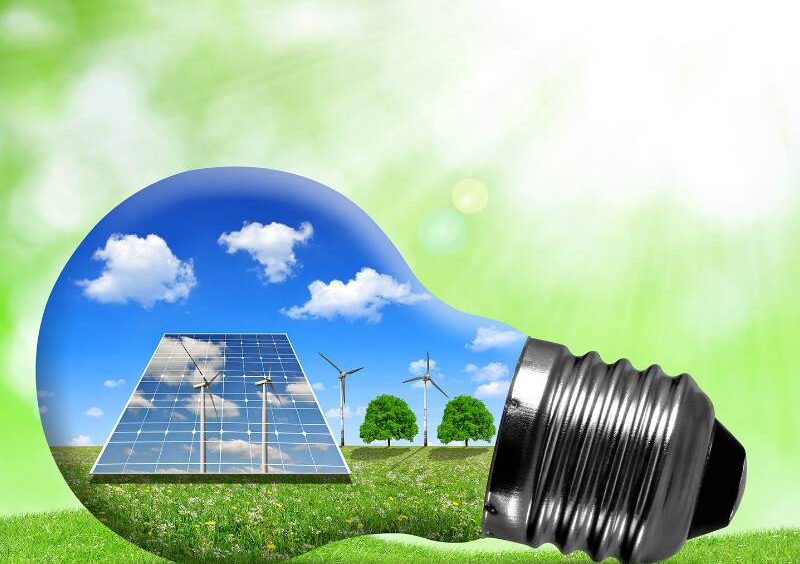Achieving Sustainable Energy Systems Through Green Hydrogen

The National Green Hydrogen Mission could facilitate the country’s transition to clean energy, reduce dependency on fossil fuels, and help the country turn net zero
India’s Budget for 2023 gave new momentum to the country’s transition towards clean energy. A budget of Rs 35,000 crore was earmarked for priority capital investment in energy transition, aligned with India’s ambition to achieve net-zero carbon emissions by 2070. An additional Rs 19,700 crore was allocated to bolster the National Green Hydrogen Mission, which received an initial infusion of Rs 19,744 crore earlier in the year.
The National Green Hydrogen Mission is a central pillar of India’s clean energy strategy. Intending to increase annual green hydrogen production to 5 million tonnes by 2030, it aims to reduce reliance on fossil fuel imports and cut greenhouse gas emissions by nearly 50 million tonnes. Furthermore, the long-term vision is to establish India as a global hub for green hydrogen production to meet the rising global demand for renewable energy.
To comprehend the significance of green hydrogen and its relevance to India, it is essential to understand the context. The International Energy Agency (IEA) forecasts a 1.3 per cent annual increase in global energy demand until 2040, with India contributing 25 per cent to this demand. Over-reliance on coal and oil in such a scenario would exacerbate climate change and hinder progress towards net-zero emissions.
The world’s commitment to the Paris Agreement necessitates a shift towards a green and sustainable future by 2050, driven by clean energy. Hydrogen, as an abundant natural element, plays a crucial role in this transition. Global hydrogen demand reached 94 million tonnes in 2021, with hydrogen produced through various methods, categorised by colours: Grey Hydrogen, produced by natural gas combustion, emitting CO2; Blue Hydrogen, created by methane splitting with low emissions when methane leaks are minimized and carbon is captured; and Green Hydrogen, the cleanest option, produced using an electrolyser powered by renewable energy.
The IEA’s Net Zero Emissions Scenario for 2021-2050 suggests that hydrogen and hydrogen-based fuels could help avoid up to 60 gigatonnes of CO2 emissions by mid-century, equivalent to 6 per cent of total emissions reductions.
Experts agree that green hydrogen is essential to meet the Paris Agreement goals, particularly in industries that are challenging to decarbonise entirely. Green hydrogen, though sustainable, storable, and versatile, comes with high costs and energy-intensive production. In 2021, much of the hydrogen demand was met by fossil fuels, undermining climate change mitigation efforts. Low-carbon hydrogen projects are being planned, but substantial shortfalls remain in meeting climate pledges.
India has committed to becoming energy-independent by 2047 and achieving net-zero emissions by 2070, with green hydrogen as a critical component of this strategy. The National Green Hydrogen Mission is poised to drive the expansion of the green hydrogen ecosystem, fostering innovation, investments, job creation, and economic growth. India’s pursuit of green hydrogen promises to set the nation on a path of sustainable development and accelerate green growth, making it a subject of substantial focus and interest.
For more insights on sustainable energy systems and how India Inc. aims to achieve them, join us and the sustainability stalwarts from different industries on the 21st of November at The St. Regis, Mumbai. Register here https://bwevents.co.in/bw/the-sustainable-world-conclave-mumbai/#Register to grab your spot!


















































































































































































































































































































































































































































































































































































































































































































































































































































































































































































































































